When it comes to logistics and transportation, understanding the specifications of semi-trailers is crucial. One of the key elements of semi-trailer design is the opening dimensions, which influence how goods are loaded, transported, and unloaded. This article delves into the various aspects of semi-trailer openings, providing detailed insights into their sizes, types, and factors that may influence user decisions.
What Is a Semi-Trailer?
A semi-trailer is a type of trailer that is designed to be towed by a tractor unit, which is a vehicle that provides the power for towing. Semi-trailers are notable for their distinctive design, where the front part is supported by the tractor, while the rear rests on the ground. This unique structure allows for greater load capacity and versatility, making them a popular choice in freight transport.
Types of Semi-Trailers
Before we analyze the semi-trailer openings, let’s identify the primary types of semi-trailers commonly used in the industry:
| Type of Semi-Trailer | Description |
|---|---|
| Flatbed Trailer | Features a flat, open bed; suitable for heavy machinery and oversized loads. |
| Enclosed Trailer | Completely covered for protection against elements; ideal for fragile goods. |
| Reefer Trailer | Refrigerated trailer used for transporting perishable items. |
| Tanker Trailer | Designed for transporting liquids; characterized by a cylindrical shape. |
| Lowboy Trailer | Has a lower deck height; used for transporting heavy equipment and large items. |
Understanding the type of semi-trailer is vital as it directly relates to the dimensions of the opening.
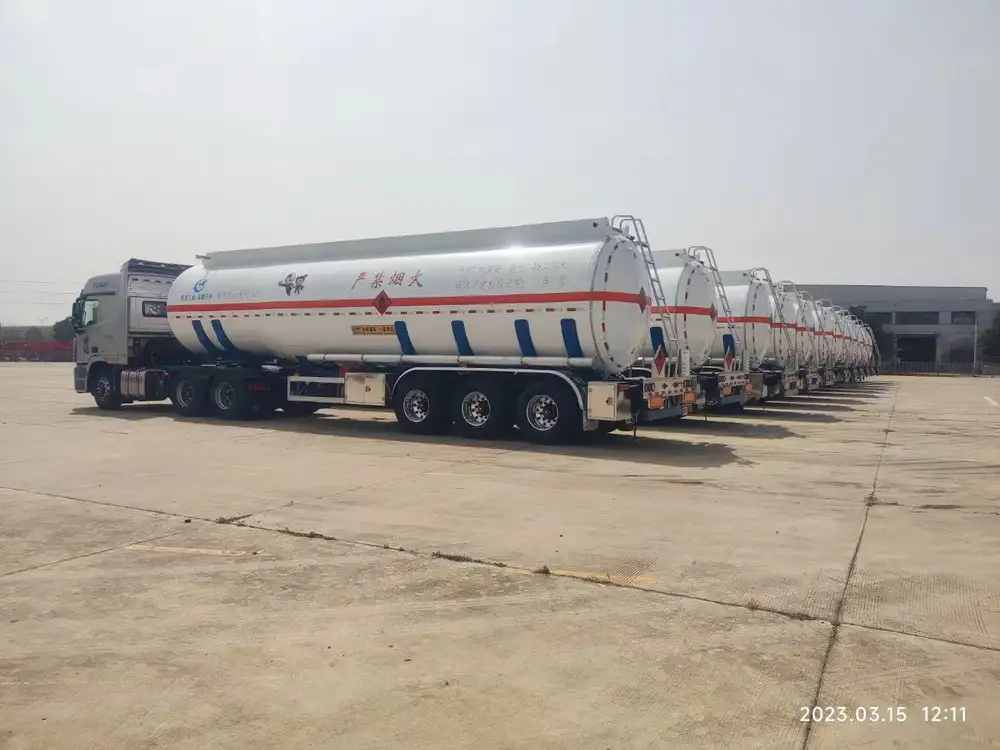
How Big Is a Semi-Trailer Opening?
The dimensions of a semi-trailer opening can vary significantly based on the trailer type and manufacturer. Most standard semi-trailer openings are as follows:
Standard Dimensions
- Length: Varies predominantly throughout the industry but typically ranges between 12 to 53 feet depending on the type of cargo.
- Width: The standard width for semi-trailers is generally about 8.5 feet (102 inches). However, some specific types may be wider.
- Height: Most standard trailers have an opening height of approximately 13.5 feet to accommodate various cargo loads.
Image Source: Semi-Trailer Dimensions Diagram
Specific Openings Based on Trailer Types
| Trailer Type | Opening Height | Opening Width | Noteworthy Features |
|---|---|---|---|
| Flatbed Trailer | 5 to 7 feet | 8.5 feet | Unobstructed loading; suitable for oversized cargo. |
| Enclosed Trailer | 8 to 12 feet | 7.5 to 8.5 feet | Provides protection from elements; access through rear doors. |
| Reefer Trailer | 8 to 12 feet | 7.5 to 8.5 feet | Insulated; fitted with refrigeration units for perishables. |
| Tanker Trailer | Depends on design | 8.5 feet | Fitted with specialized access points for loading/unloading liquids. |
| Lowboy Trailer | 18 to 25 inches | 8.5 feet | Designed for transporting heavy machinery; low ground clearance. |

Factors Affecting Semi-Trailer Opening Sizes
A myriad of factors influences the dimensions of semi-trailer openings, affecting user decisions in the transportation industry:
1. Regulatory Compliance
Regulations set by authorities (like the Federal Motor Carrier Safety Administration in the U.S.) dictate maximum dimensions for semi-trailers to ensure safety on roadways. When considering a semi-trailer, it is essential to be aware of these regulations since exceeding these dimensions can lead to fines or operational delays.
2. Type of Cargo
The nature of the goods being transported plays a significant role in determining the appropriate trailer type and opening dimensions. Sensitive freight may require enclosed trailers, while heavy machinery demands flatbed trailers.
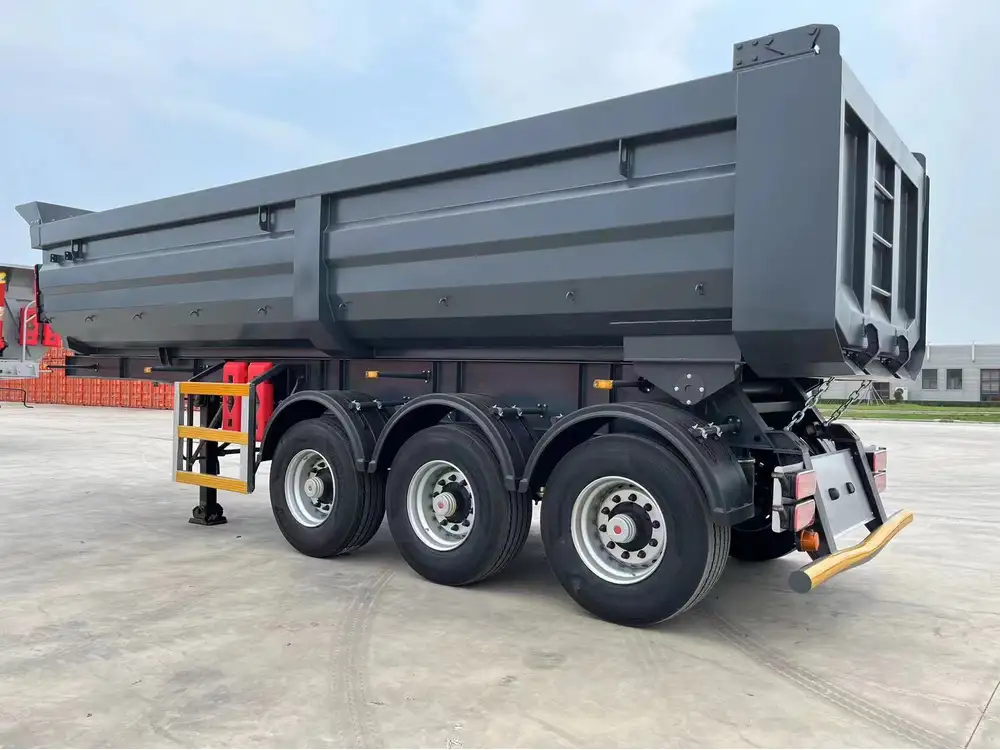
3. Loading Equipment
The choice of equipment used for loading and unloading is also influential. For example, if forklifts are routinely used, a trailer with a lower opening may be preferable, while crane operations may necessitate higher openings.
4. Transport Route
The designated transport route, with its unique geographical features and regulated access points, may influence your selection of semi-trailer dimensions. Roads with height restrictions may not be feasible for higher trailers or specific cargo types.
5. Customization Options
Manufacturers often offer customization options, allowing buyers to specify unique dimensions suited for particular needs. This could involve alterations to height, width, or additional features tailored to specialized cargo needs.
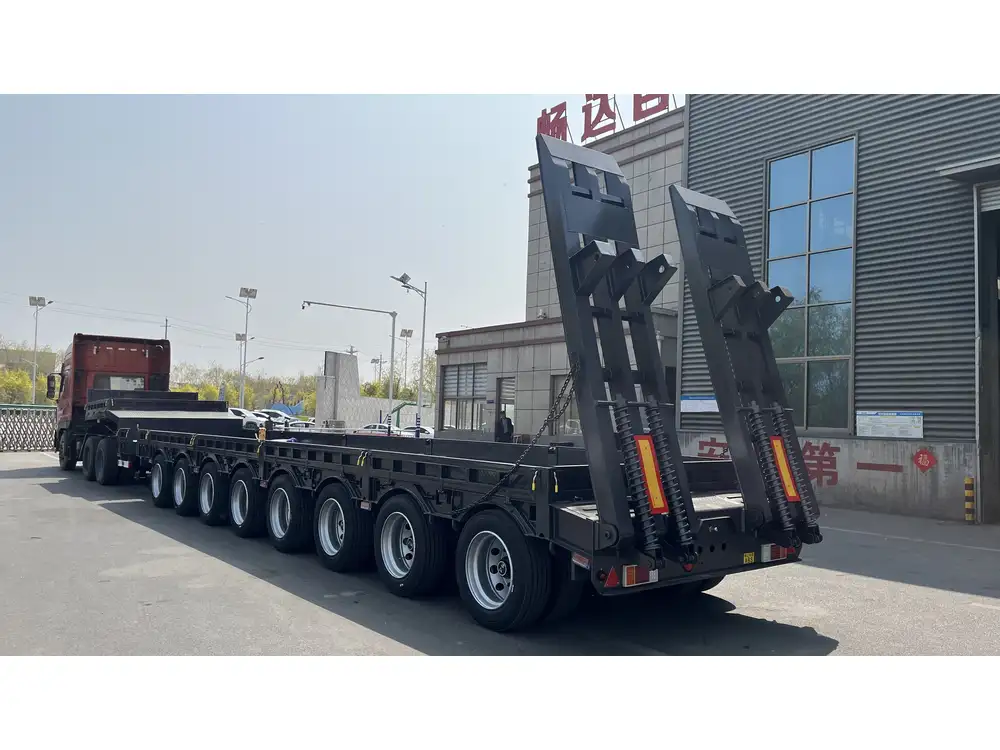
Semi-Trailer Opening Measurements: A Closer Look
To effectively assess the impact of dimensions, it’s important to understand key measurements associated with semi-trailer openings, including:
Door Measurements: Often, the rear door dimensions dictate the overall effectiveness of loading and unloading. Standard door width measures around 7.5 feet, with heights nearing 8 feet, ensuring compatibility with several loading equipment types.
Clearance Heights: For enclosed trailers and reefers, clearance heights typically fall within the 13.5 feet range to accommodate standard warehouses and loading bays.
Weight Capacity: The opening dimensions directly relate not only to how much cargo can be loaded but also to the maximum permissible weight of the trailer when fully loaded.
Importance of Proper Measurements
Ensuring precise opening dimensions is essential, as inadequate sizing can cause logistical nightmares or mishaps during cargo handling. Dimensions must be compatible with freight requirements to prevent operational delays and inefficiencies.
Choosing the Right Semi-Trailer
Selecting an appropriate semi-trailer based on openings is vital for optimizing your logistics strategy. Here are actionable steps to guide your decision-making process:

Assess Your Cargo Needs
Begin by evaluating the types of goods you frequently transport. Are they oversized? Fragile? Temperature-sensitive? This information will inform your selection of trailer type and dimensions.
Consult Regulations
Stay informed on the relevant regulations governing semi-trailer dimensions in your operational regions. Understanding these regulations will facilitate strategic planning and compliance.
Evaluate Loading Equipment
Consider the loading and unloading equipment at your warehouses and transport routes. Ensure the chosen semi-trailer opening complements the machinery you rely on.
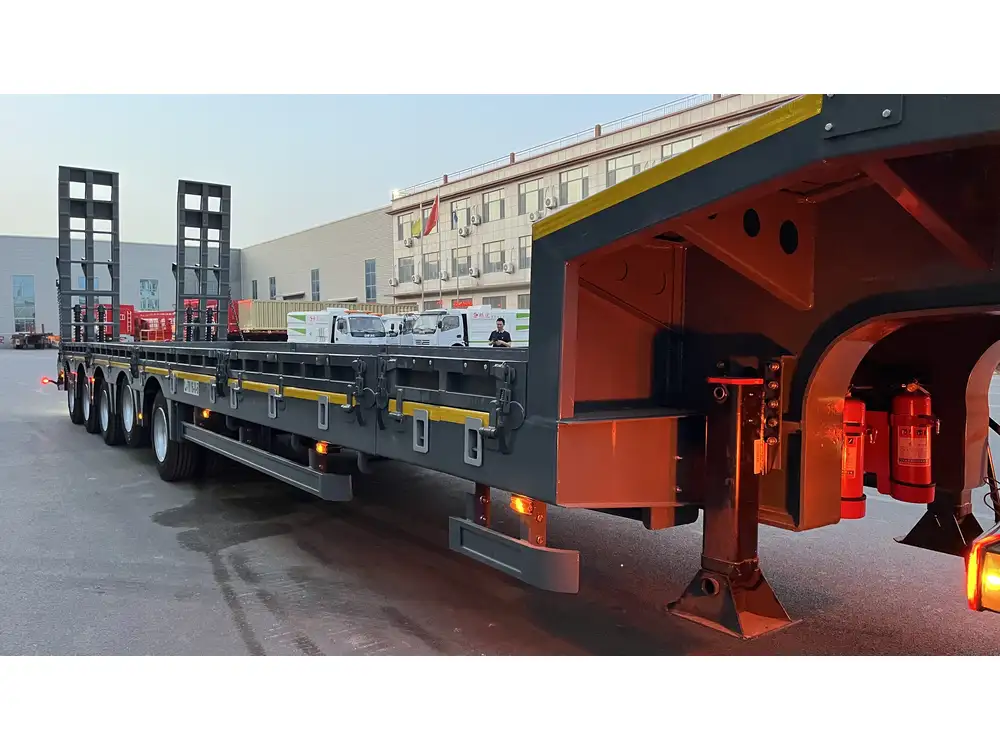
Seek Custom Solutions
Don’t shy away from customization. If your operational needs require specific dimensions, consult with manufacturers to explore tailored options that meet your criteria.
Compare Offers
Finally, compare different manufacturer offerings, looking specifically at the dimensions, specifications, and unique features of their semi-trailers. Evaluate feedback from existing users to gain insights into reliability and usability.
Common Misconceptions About Semi-Trailer Openings
Larger Openings Equal Better Load Capacity: Many believe that larger openings inherently mean better load capacity. However, the design and reinforcement of the trailer play a more pivotal role.
All Trailers Have Standardized Dimensions: This assumption overlooks the substantial variation among different manufacturers and trailer types.
Height Is the Most Important Dimension: While height is crucial, dimensions like width and door size are equally vital in determining usability and loading efficiency.
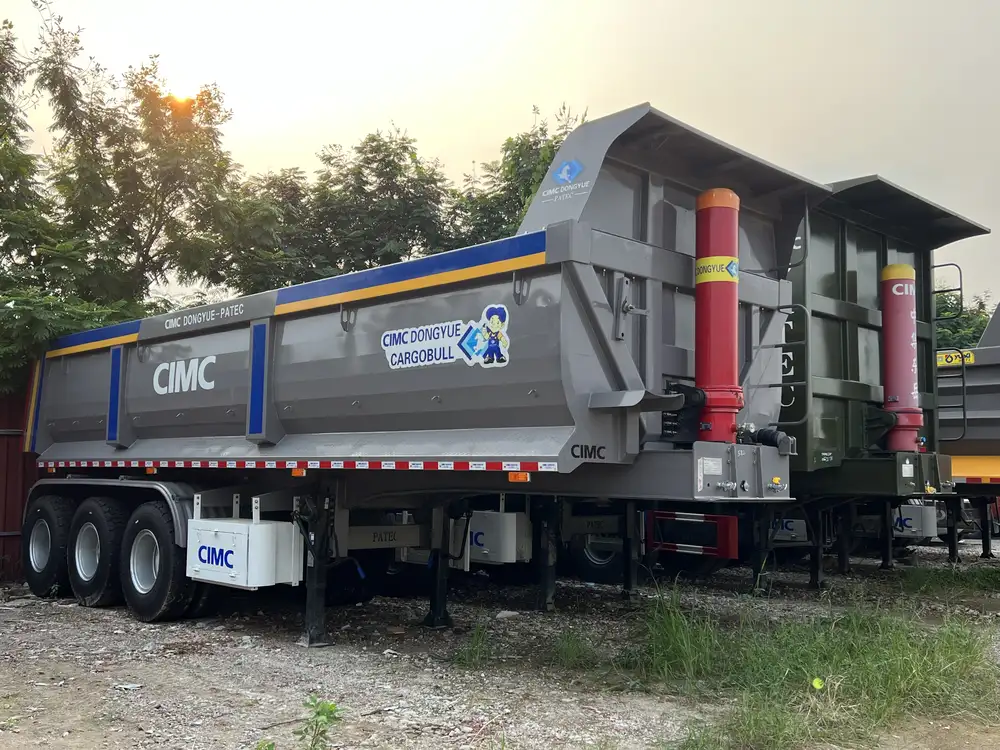
Conclusion
Understanding the dimensions and specifications of semi-trailer openings is imperative for optimizing transportation logistics and ensuring the safe, efficient movement of goods. Recognizing the variety of trailer types and the factors affecting opening sizes empowers decision-makers in the logistics industry to make informed choices tailored to their specific operational needs. Whether you seek a flatbed trailer for oversized machinery or an enclosed unit for sensitive or refrigerated goods, meticulous consideration of semi-trailer openings will invariably enhance your transport strategy. It is essential to remain attuned to both regulatory and operational dynamics while selecting the most suitable trailer to meet your business’s demands.
By prioritizing these dimensional aspects, logistics professionals can not only streamline operations but also enhance overall efficiency and safety throughout their supply chain processes.



